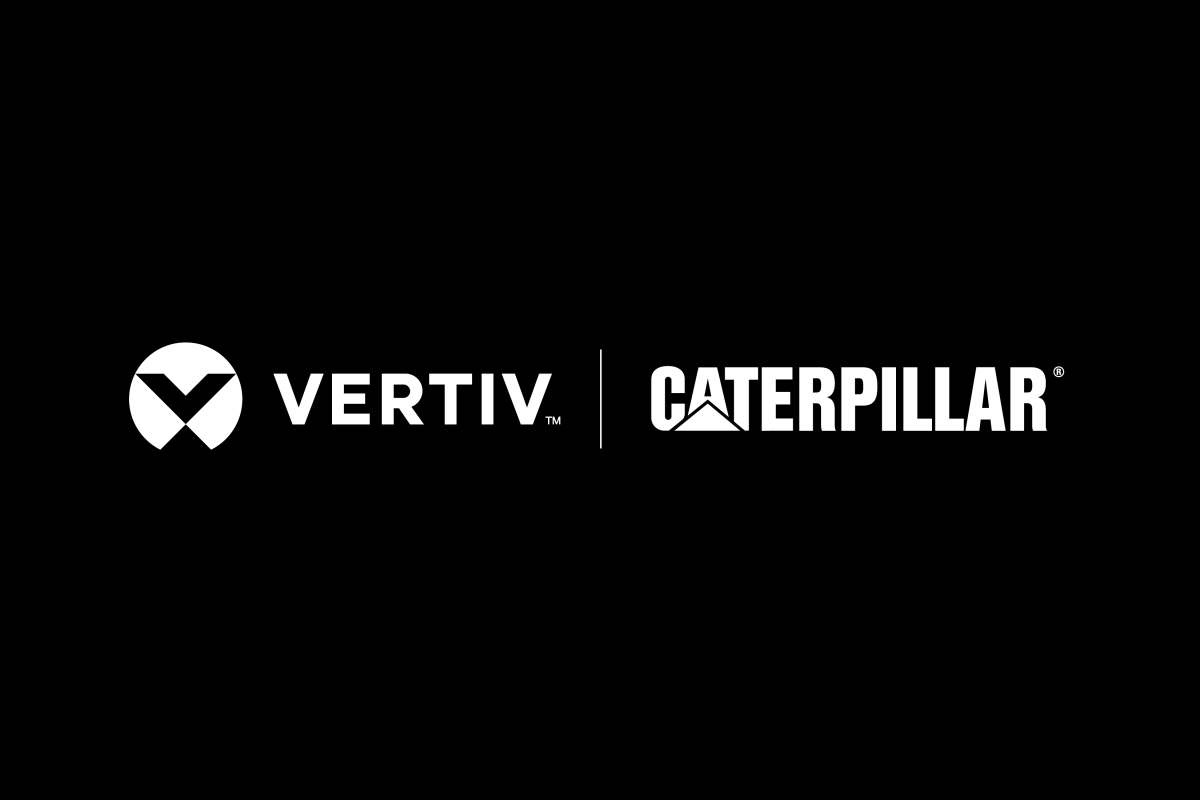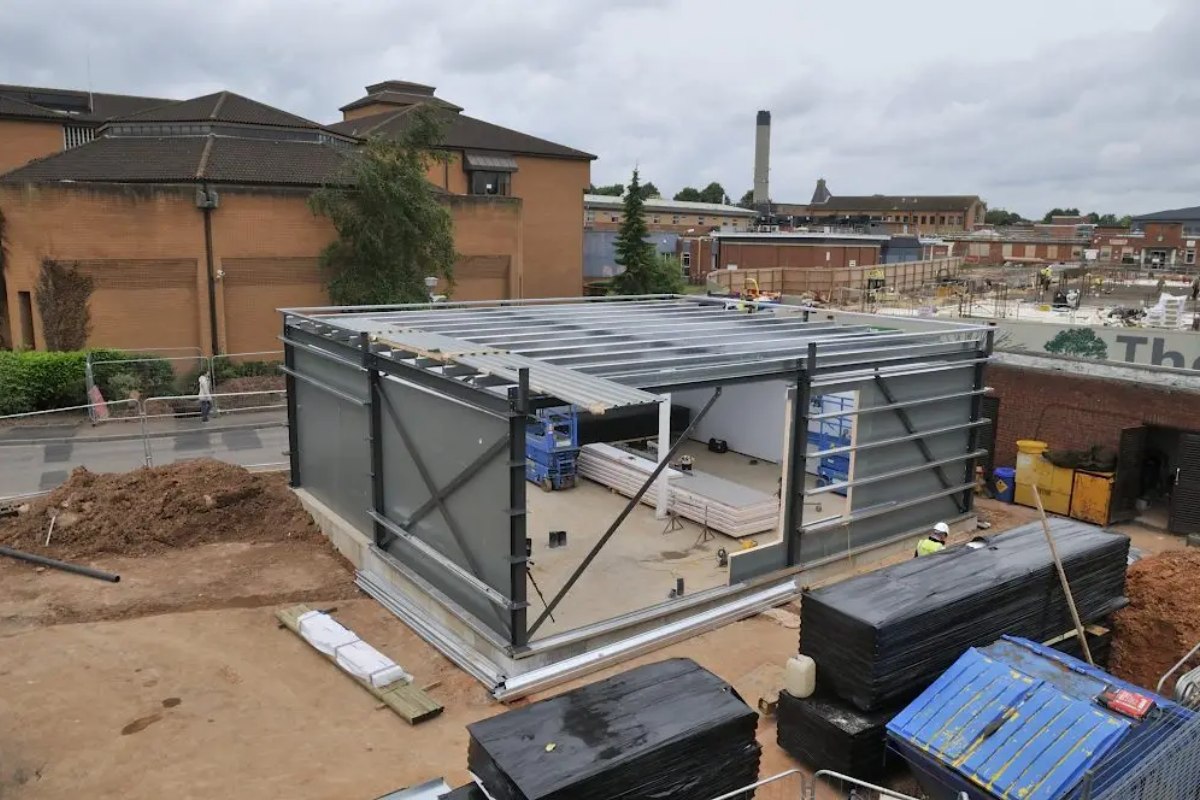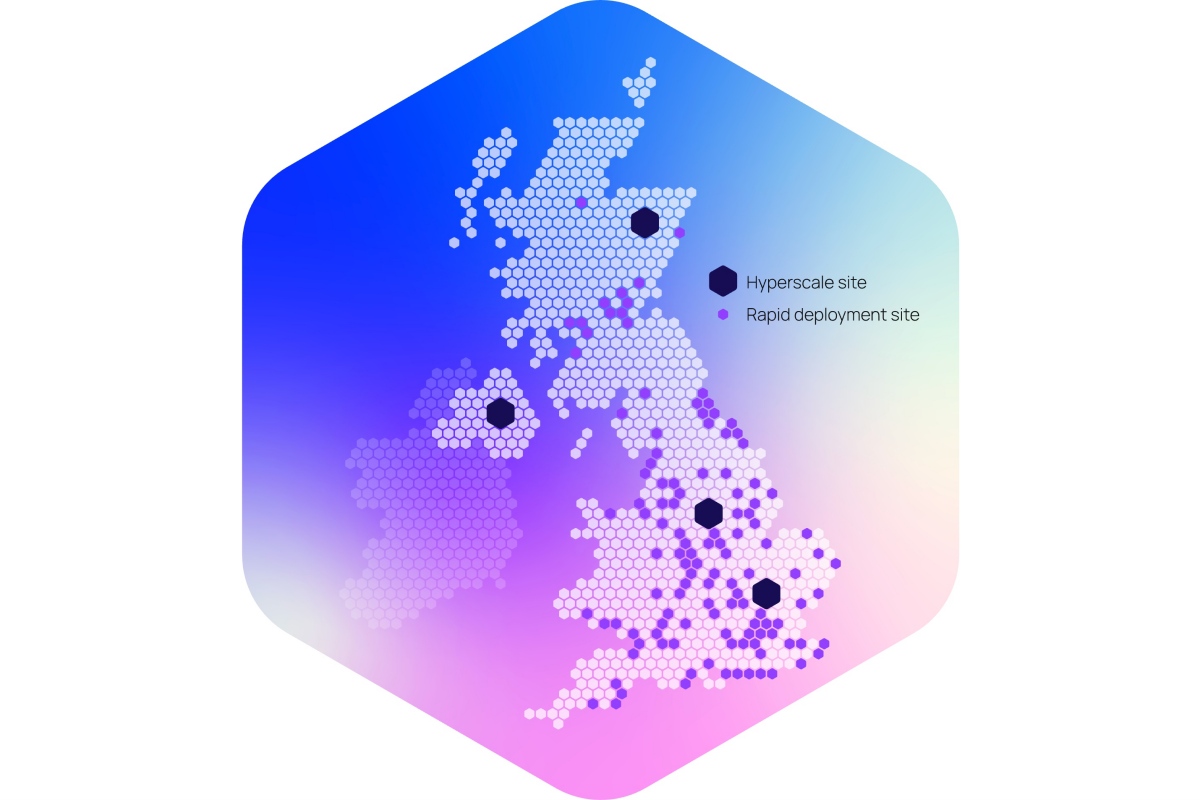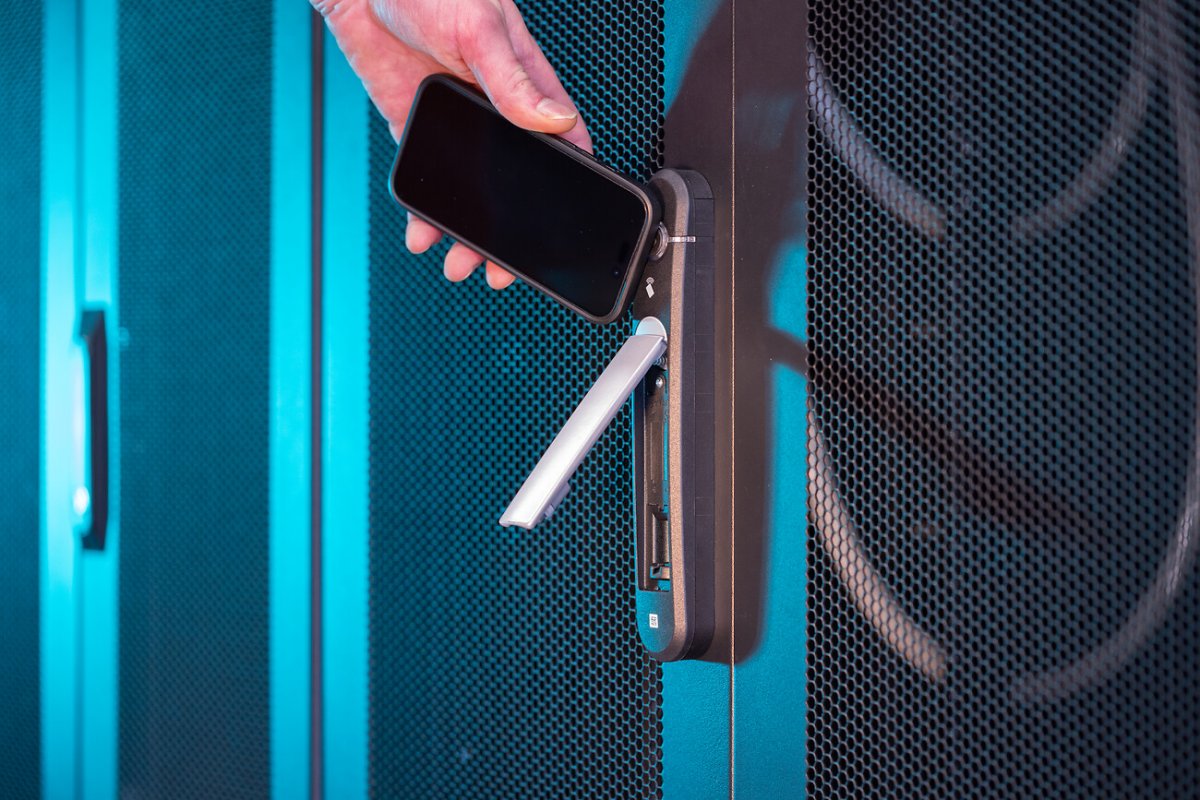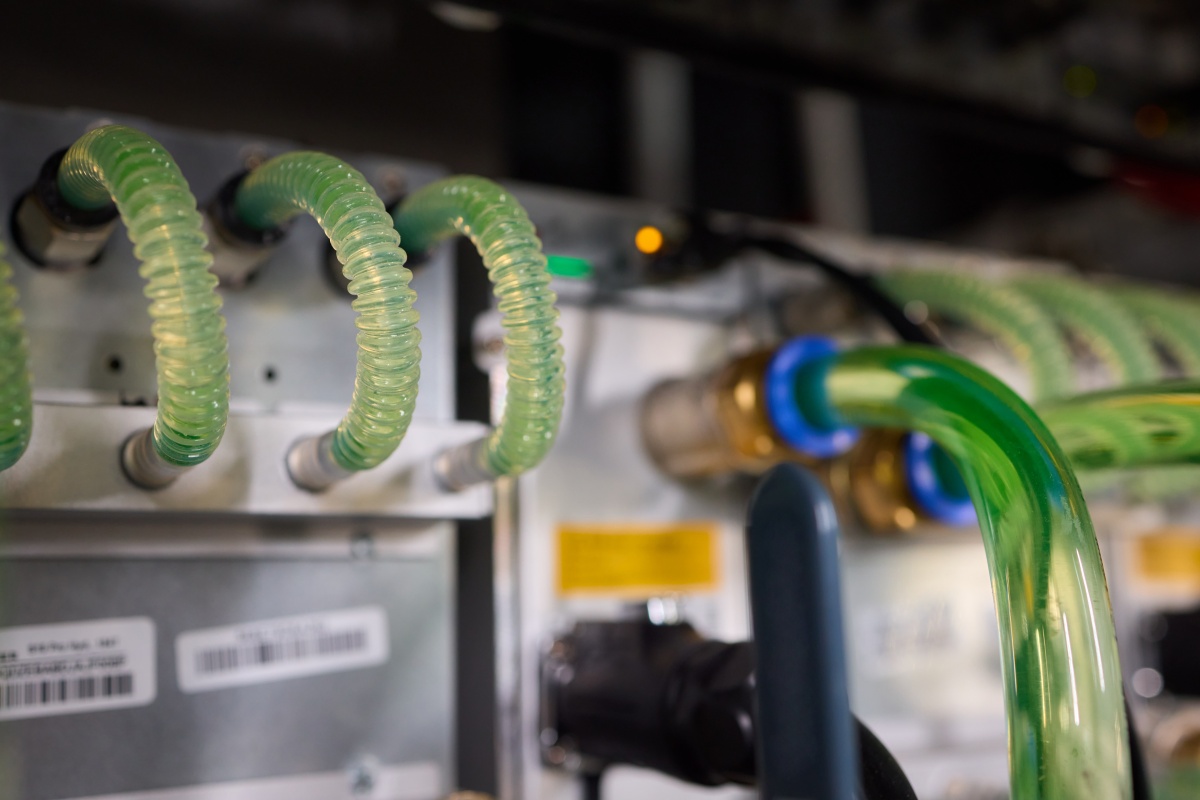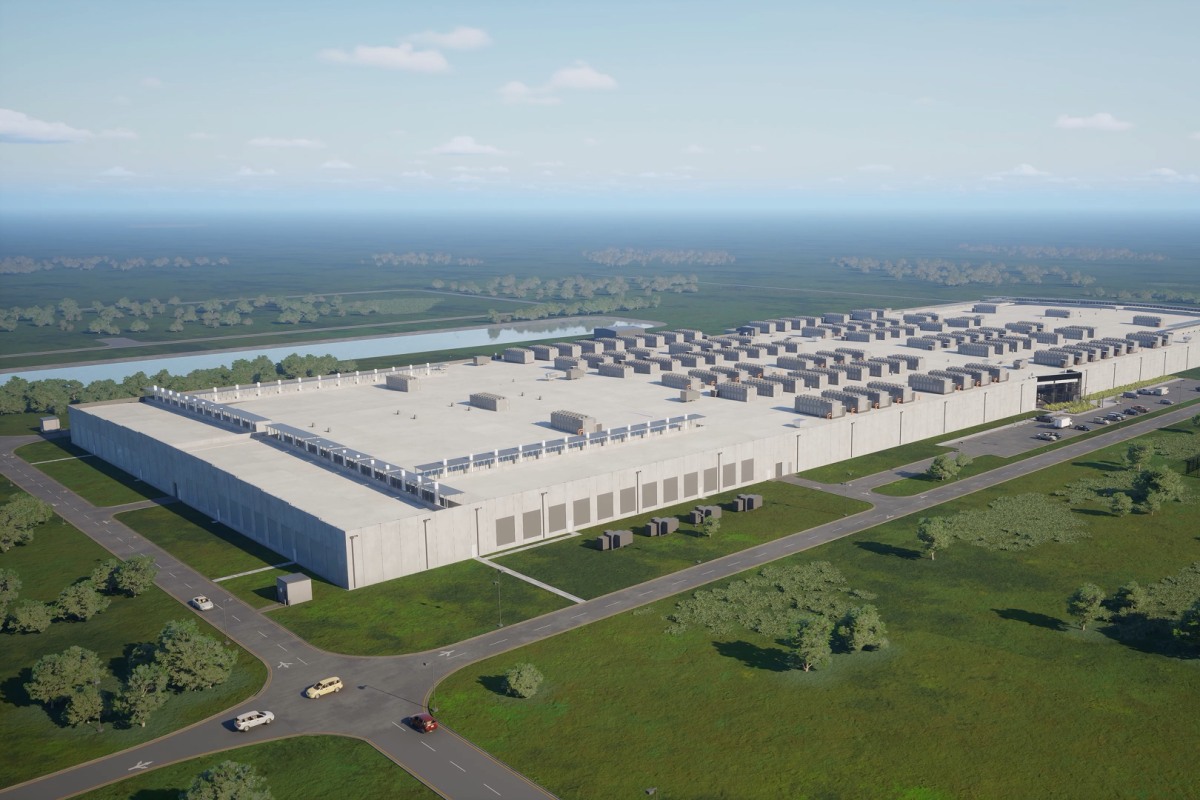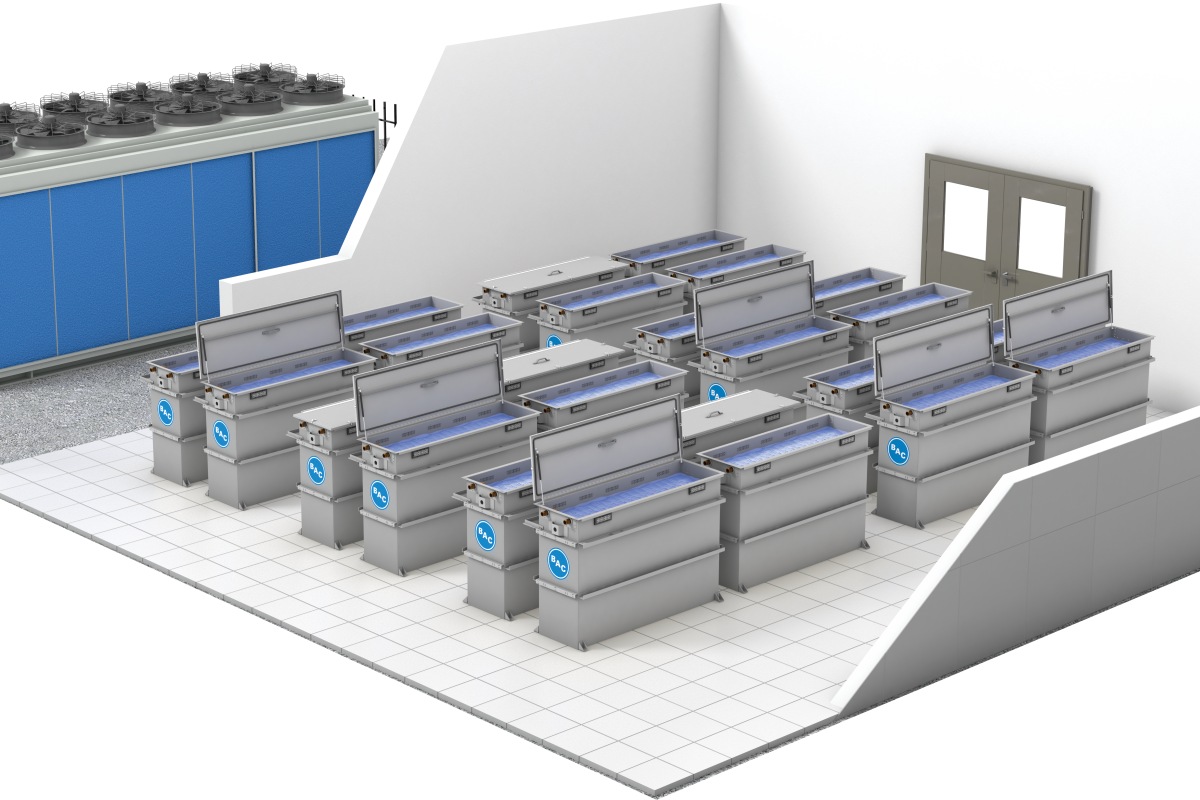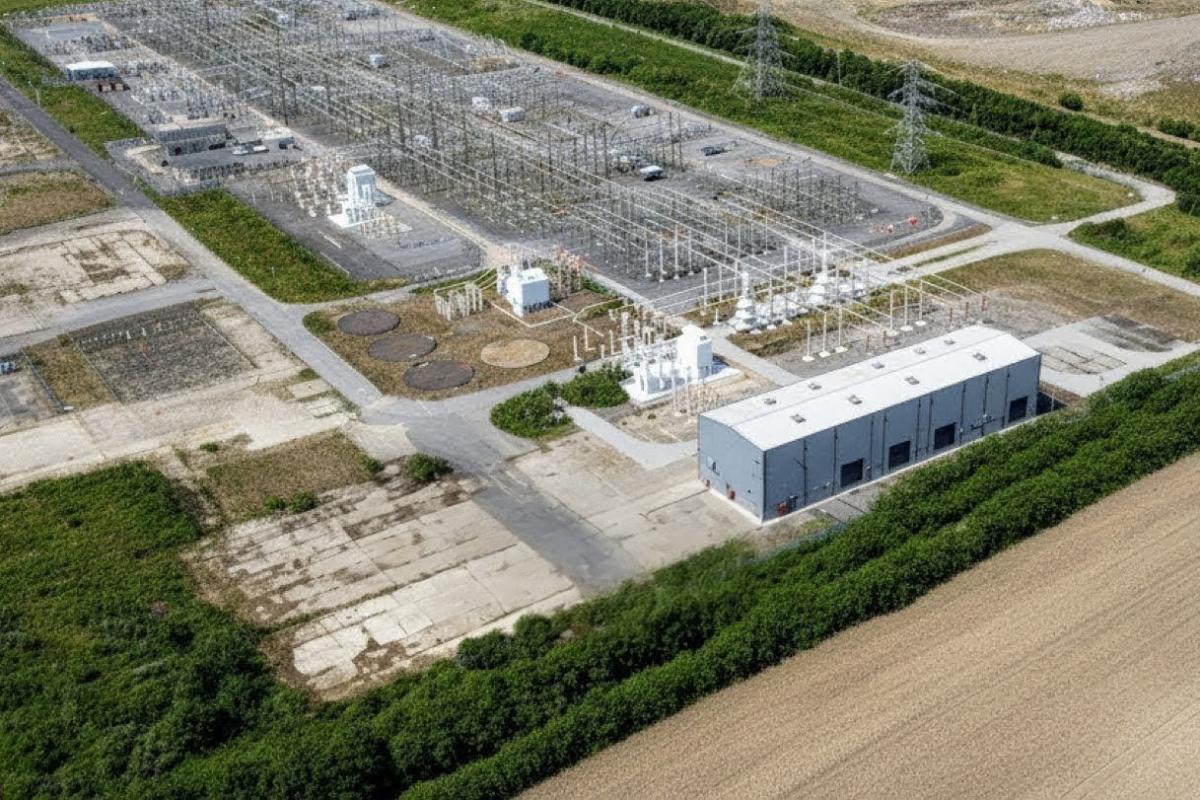20 November 2025
XYZ Reality, Applied Digital partner on 400MW campus
XYZ Reality, Applied Digital partner on 400MW campus
20 November 2025
Verne, Nscale planning 15MW AI deployment in the Nordics
Verne, Nscale planning 15MW AI deployment in the Nordics
19 November 2025
NorthC, Legrand upgrade Münchenstein (Basel) data centre
NorthC, Legrand upgrade Münchenstein (Basel) data centre
19 November 2025
TRG Datacenters breaks ground on 24 MW Houston DC
TRG Datacenters breaks ground on 24 MW Houston DC
Latest News
Data Centre Business News and Industry Trends
Data Centre Infrastructure News & Trends
Innovations in Data Center Power and Cooling Solutions
Insights into Data Centre Investment & Market Growth
Vertiv, Caterpillar to expand joint energy offerings for AI DCs
Data Centre Operations: Optimising Infrastructure for Performance and Reliability
Data Centre Security: Protecting Infrastructure from Physical and Cyber Threats
Essential Disaster Recovery News for Data Centres
Modular Data Centres in the UK: Scalable, Smart Infrastructure
Secure I.T. constructs modular DC for NHS Trust
Data Centre Build News & Insights
Data Centre Business News and Industry Trends
Data Centre Projects: Infrastructure Builds, Innovations & Updates
Insights into Data Centre Investment & Market Growth
Carbon3.ai to invest £1bn in UK’s AI infrastructure network
Data Centre Infrastructure News & Trends
Data Centre Security: Protecting Infrastructure from Physical and Cyber Threats
Enclosures, Cabinets & Racks for Data Centre Efficiency
Products
Security Risk Management for Data Centre Infrastructure
R&M introduces radio-based access control for racks
Data Centre Infrastructure News & Trends
Innovations in Data Center Power and Cooling Solutions
Liquid Cooling Technologies Driving Data Centre Efficiency
Why cooling design is critical to the cloud
Data Centre Infrastructure News & Trends
Innovations in Data Center Power and Cooling Solutions
News
ABB supplies power tech for Applied Digital's AI factory
Data Centre Infrastructure News & Trends
Innovations in Data Center Power and Cooling Solutions
Liquid Cooling Technologies Driving Data Centre Efficiency
Products
BAC releases upgraded immersion cooling tanks
Data Centre Infrastructure News & Trends
Innovations in Data Center Power and Cooling Solutions
Liquid Cooling Technologies Driving Data Centre Efficiency
ZutaCore unveils waterless end-of-row CDUs
Commercial Real Estate: Property Developments, Trends & Infrastructure
Data Centre Business News and Industry Trends
Insights into Data Centre Investment & Market Growth
News
Signings for European AI DC capacity treble in 2025
Data Centre Infrastructure News & Trends
Innovations in Data Center Power and Cooling Solutions
News
National Grid upgrading Oxfordshire substation to connect DCs

